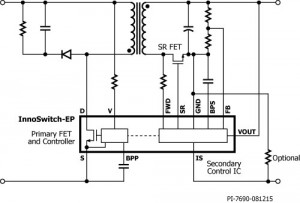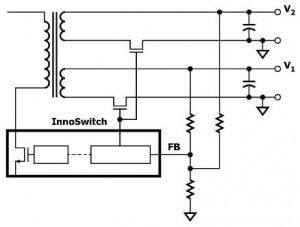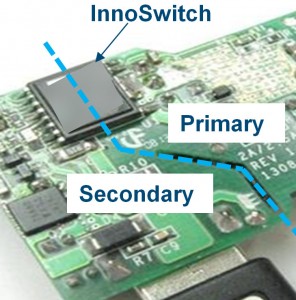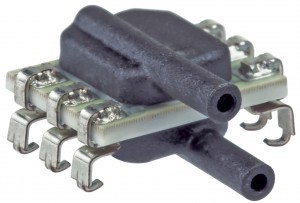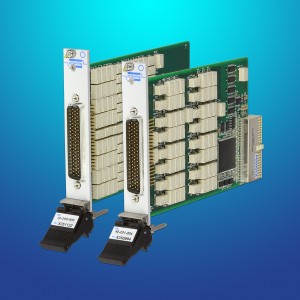 Perovoskite photovoltaics promise >20% efficiency, low cost materials and flexible, stretchable, transparent variants, but are destroyed by damp and emits poison as they die.
Perovoskite photovoltaics promise >20% efficiency, low cost materials and flexible, stretchable, transparent variants, but are destroyed by damp and emits poison as they die.
So says a report by Cambridge market research firm IDTechEx.
Organolead halide perovskites are the promising technology because they absorb light efficiently.
“Flexible stretchable versions have been produced by Johannes Kepler University in Austria. With 100% yield, exhibiting 12% efficiency, they are only 3μm thick and weigh 5.2g/m2,” said IDTechEx chairman Dr Peter Harrop. However, “PbI, one of the breakdown products of the perovskite, is both toxic and carcinogenic. A glass panel can be made hermetically sealed, but plastics can be easily pierced”. These reactive iodides also corrode the metal electrodes.
So glass versions are fine, providing they are recycled at end-of-life, and plastic versions are in need of a barrier layer to keep moisture out and Pb compounds in.
Pb-free perovskites have poor efficiency, but may find niches.
Progress is being made.
“New perovskite solar cells with 16% efficiency have been developed by researchers from Switzerland and China. Stable and moisture resistant, they overcome some of the problems of perovskites,” said IDTechEx.
Within these, an interlayer protects the metal, allowing the cells to preserve their efficiency for two days.
Stabilising cross-links in the material are formed by a phosphonic acid ammonium additive hooking together the perovskite crystallites through hydrogen bonding with the phosphorus and nitrogen-containing terminal groups of the linker molecule.
The additive apparently allows the perovskite to be incorporated uniformly in an on the surface of a mesoporous titanium dioxide scaffold material.
Efficiency rises from 8.8 to 16.7% and the cations passivate the surface against water molecules.
IDTechEx has published a report: ‘The rise of perovskite solar cells 2015-2025′.
The sublect will also be covered by Belgian research lab IMEC and IDTechEx at the IDTechEx Show in Santa Clara (18-19 November).


